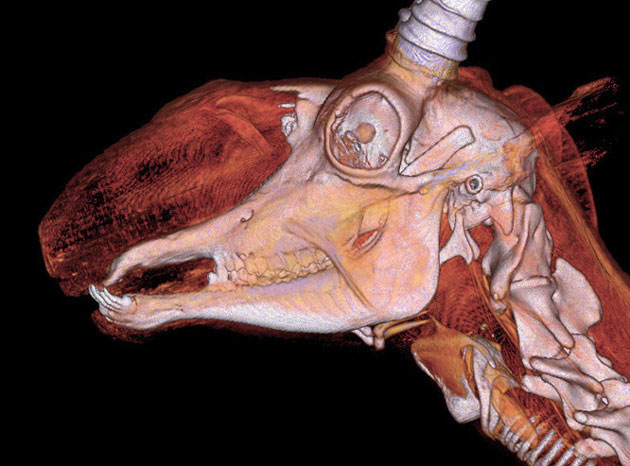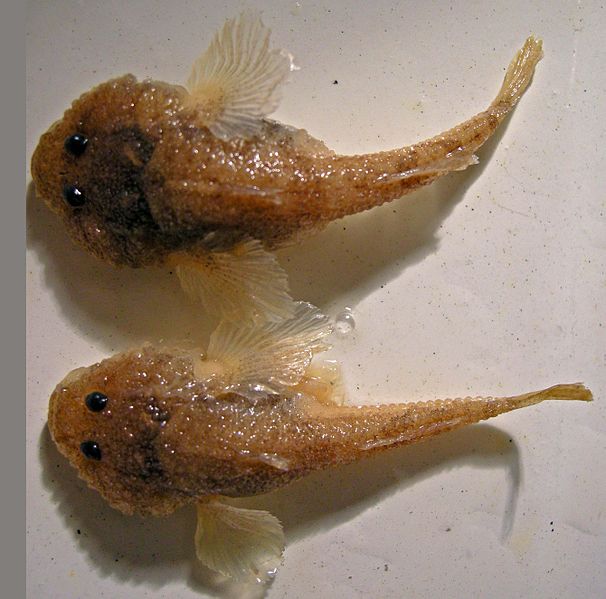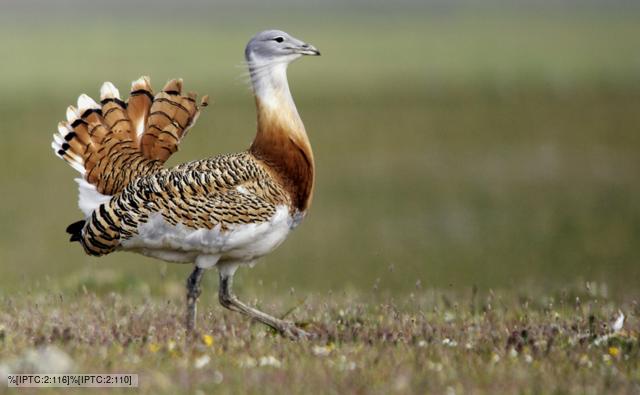Scientific name: Saiga tatarica
A higher clade it's part of: Antilopinae
Conservation status: Critically endangered
Current range: Patches in Russia, Kazakhstan, Uzbekistan, sometimes Turkmenistan, and Mongolia
I'm ending the Extreme Animals series with one that the Sarmatians definitely encountered. We know this because it was important enough to be a subject of steppe nomad art. Also cool enough to be in two of my three forays into zoomorphic steppe art as illumination.
The saiga is an antelope that's trying to be a tapir. They're only 2 to 2 1/2 feet tall at the shoulder. Adorable! Only the males have horns, but they all have giant noses. Their closest relative, another cold-adapted antelope called the Tibetan antelope, doesn't have this adaptation.
Mammals are warm-blooded, which means we have to work to keep our body temperatures up. One of the easiest ways to mess with that is to breathe in air that's hotter or colder than our optimal body temperature...which is impossible not to do when you live in the cold steppes of Russia during the winter, like saigas, or the hot climate of the Sahara (like camels). There are two ways mammals work to counteract this with their nose: nasal turbinates and giant noses.
Nasal turbinates are small, thin, mucosa-covered shelves of bone that stick out into the nasal passageway. They're called "concha" in humans, and, having dissected one, I can tell you--ours are pretty pathetic. But as tiny and simple as ours are, you can still feel the effect that have on the temperature of the air we breathe. Go outside on a cold, cold day in winter. Breathe in through your nose. Then breathe in through your mouth. You will cool down much more quickly if you do the latter. Now imagine how much more effective that would be if you have turbinates like the seal below! Turbinates work this way because they're more surface area for the numerous blood vessels full of hot blood in their lining. This hot blood contacts the cold air and its temperature is evened out before it reaches your lungs.
Saiga have complex nasal turbinates like most mammals living in extreme climates, but they also add a giant fleshy nose. A saiga's turbinates don't stick out into the fleshy part of their nose--in fact the bony portion is quite far back in their head. But the fleshy part is still able to heat incoming air because it's bulbous (increased surface area) and has plenty of blood vessels running through it.
There are two subspecies: one in western Mongolia and one everywhere else. There range is extremely constricted compared to today. When the Sarmatians were around, they inhabited the steppes in an unbroken swath save for a small break between the ranges inhabited by each subspecies. Even farther back in time (into the Pleistocene), they were also found in North America. They're actually the only antelope that made it to the New World (Pronghorn aren't actually antelope; cattle are more closely related to saigas and gazelles than pronghorn are.).
Their population has been bouncing back and forth. They were almost driven extinct in the '20s, but were able to bounce back. Then the World Wildlife Fund got the bright idea to suggest people use their horns instead of rhino horns in Traditional Chinese Medicine. Because that makes so much more sense than telling people to just eat their own fingernails since it's made out of the same freakin' stuff and none of it does diddly-squat to help your cancer, virility, or anything else TCM practitioners claim...can you tell this subject makes me angry? I had to work not to violate my own no-cursing-on-the-blog policy. Surprise!--their populations dropped drastically. The timing of this suggestion unfortunately lined up very well with the fall of the Soviet Union. That meant economic troubles drove many of the now-poor people in these regions to turn to poaching saiga because their horns are easy cash and their meat fed their families. The fact that the males are larger and also the only ones to possess horns meant that they reached a point where there weren't enough males to mate with the females during rutting season, causing the population to crash even harder.
Saigas have been protected in parts of their range since the '90s and were starting to recover, but their populations dropped again when a deadly, infectious disease started spreading through some of the herds, killing almost half of the population in the Kazakh Urals.
But there's still hope. There's a captive breeding program at the Center for Wild Animals of the Republic of Kalmykia in Russia. The Saiga Conservation Alliance actively works to save these animals through research and public awareness campaigns. This includes both study of the animals themselves as well as where they're being hunted, who's poaching them, and why.
Lastly, here's a documentary for my Russian-speaking readers (sorry, the uploader isn't letting me embed it). The saiga show up at about 3:35. The first couple minutes look like they're about some sort of rodent. A birch mouse, maybe? Skip to 10:27 to see some cute jumping and trotting and 11:00 for headbutting. And here's a video of a baby saiga because why not?
A higher clade it's part of: Antilopinae
Conservation status: Critically endangered
Current range: Patches in Russia, Kazakhstan, Uzbekistan, sometimes Turkmenistan, and Mongolia
I'm ending the Extreme Animals series with one that the Sarmatians definitely encountered. We know this because it was important enough to be a subject of steppe nomad art. Also cool enough to be in two of my three forays into zoomorphic steppe art as illumination.
 |
| Source |
 |
| Tiny baby! |
Nasal turbinates are small, thin, mucosa-covered shelves of bone that stick out into the nasal passageway. They're called "concha" in humans, and, having dissected one, I can tell you--ours are pretty pathetic. But as tiny and simple as ours are, you can still feel the effect that have on the temperature of the air we breathe. Go outside on a cold, cold day in winter. Breathe in through your nose. Then breathe in through your mouth. You will cool down much more quickly if you do the latter. Now imagine how much more effective that would be if you have turbinates like the seal below! Turbinates work this way because they're more surface area for the numerous blood vessels full of hot blood in their lining. This hot blood contacts the cold air and its temperature is evened out before it reaches your lungs.
 |
| A Hooded Seal at the Museum of Osteology in Oklahoma showing nasal turbinates very well. |
 |
| Their noses are mostly fleshy |
Their population has been bouncing back and forth. They were almost driven extinct in the '20s, but were able to bounce back. Then the World Wildlife Fund got the bright idea to suggest people use their horns instead of rhino horns in Traditional Chinese Medicine. Because that makes so much more sense than telling people to just eat their own fingernails since it's made out of the same freakin' stuff and none of it does diddly-squat to help your cancer, virility, or anything else TCM practitioners claim...can you tell this subject makes me angry? I had to work not to violate my own no-cursing-on-the-blog policy. Surprise!--their populations dropped drastically. The timing of this suggestion unfortunately lined up very well with the fall of the Soviet Union. That meant economic troubles drove many of the now-poor people in these regions to turn to poaching saiga because their horns are easy cash and their meat fed their families. The fact that the males are larger and also the only ones to possess horns meant that they reached a point where there weren't enough males to mate with the females during rutting season, causing the population to crash even harder.
Saigas have been protected in parts of their range since the '90s and were starting to recover, but their populations dropped again when a deadly, infectious disease started spreading through some of the herds, killing almost half of the population in the Kazakh Urals.
 |
| Graph produced by the Saiga Conservation Alliance |
Lastly, here's a documentary for my Russian-speaking readers (sorry, the uploader isn't letting me embed it). The saiga show up at about 3:35. The first couple minutes look like they're about some sort of rodent. A birch mouse, maybe? Skip to 10:27 to see some cute jumping and trotting and 11:00 for headbutting. And here's a video of a baby saiga because why not?










